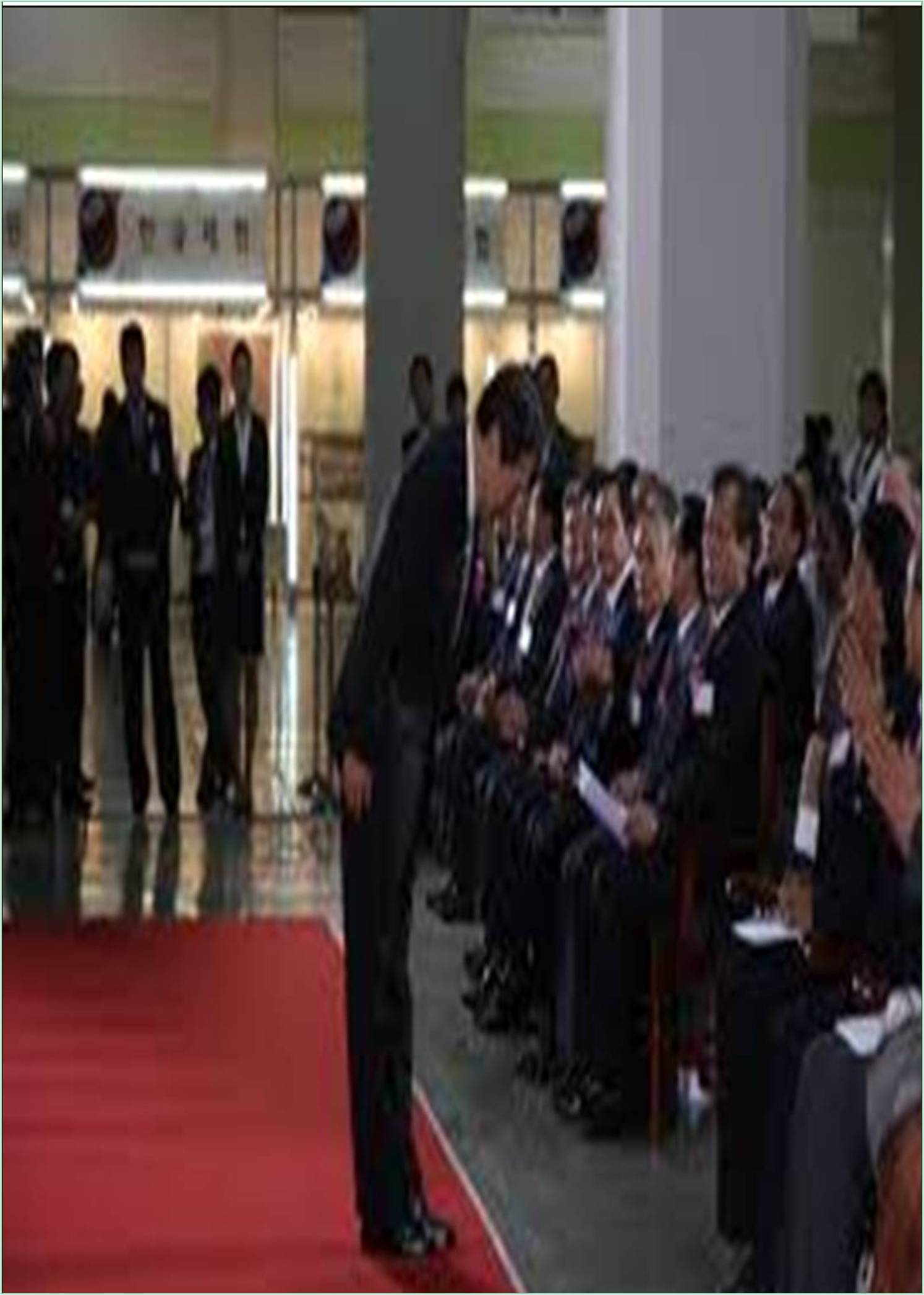



Received: 15-Nov-2022, Manuscript No. JPAPR-23-85429; Editor assigned: 18-Nov-2022, Pre QC No. JPAPR-23-85429(PQ); Reviewed: 02-Dec-2022, QC No. JPAPR-23-85429; Revised: 08-Dec-2022, Manuscript No. JPAPR-23-85429(R); Published: 16-Dec-2022, DOI: 10.15651/JPAPR.22.4.009
The policy-making procedure developing organizational policies is an essential component of the planning process. Managers must design proper policies to ensure the smooth operation of the organization. However, developing the best appropriate policies for a business entails a lengthy procedure. As a result, managers should follow the approach outlined below when developing policies for their firms. Simply said, policies are ongoing programs that serve as rules for decision making. There are mental guidelines that establish boundaries or limits within which decisions must be made. A decision must be taken within this time frame. The amount of leeway allowed will differ between policies. Some policies are comprehensive and require a long time to develop; others are narrowly defined and provide little space for discretion. A policy that picks the most qualified candidate for a management position, for example, allows for more decision-making power than a strategy that promotes the most qualified candidate in an organization.
The second policy is more limited in scope because it only applies to current employees. Of course, a policy based on standardized exam scores and seniority in the organization would be more limiting. To better understand the nature of policies, it is useful to distinguish them from other long-term strategies, such as regulations, standard operating procedures, and standard methods, which are designed to cope with reoccurring problems. Rules are specific declarations that explain what should or should not be done in a specific situation. In essence, rules are intended to stifle thought, whereas policies necessitate varied degrees of judgement. Standard Operating Procedures (SOPs) are detailed instructions for carrying out a certain operation. They outline a specific chronological sequence of steps to take and allow minimal room for interpretation. The majority of procedures spans departments and involve numerous people. SOPs are frequently used to aid in the implementation of key policies. A controlled SOP, for example, can be used to methodically implement a policy of purchasing from a qualified contractor at the lowest possible cost. Within an organization, policies serve various key tasks. Above all, they make decision making easier. They define the search for potential alternatives and avoid the need for in-depth examination and repetition of the same problems. As a result, they encourage effective time management.
Policies can manifest themselves in four distinct ways. Management may, first and foremost, create them. Managers develop policies to ensure that decisions made inside the organization are consistent with its aims. Typically, these are documented and included in the company's policy handbook, if one exists. Appeals are the second method by which the policy is implemented. This is how the appeals process normally works. A situation arises in which a leader is unsure whether he or she has sufficient power to make a choice. As a result, he or she will petition the superior for a decision. When a decision is made, it establishes a precedent for future decisions.
The procedure is comparable to how common law emerged in the Anglo-American legal system. There is, however, a risk in enabling too many policies to be implemented. Because diverse judgements can be made based on individual interests in specific situations without considering their broader impacts, a set of unwritten, imperfect, and uncoordinated policies may emerge. Although opinions on SMH range, it has played a crucial role in urban policymaking for decades. Policies to remedy spatial mismatches entail initiatives to bring people and work closer together or to strengthen the ties that connect them. Three broad categories of policies have been presented. First, there is "economic development" programs aimed at producing jobs in urban areas. These policies include public works initiatives that offer subsidies, training, and infrastructure in order to lure new industries to the inner city. The initiatives have been dubbed variously, most recently "the corporate sector," and have had minimal effectiveness. Many have been unable to develop excellent and long-term jobs since the profitability of inner-city positions has not altered, and benefits have migrated from city neighborhoods to other locations.